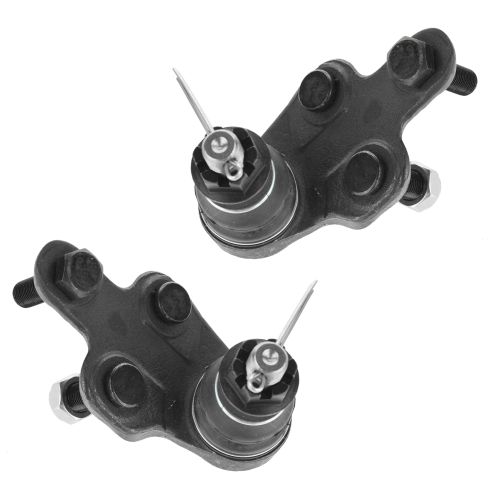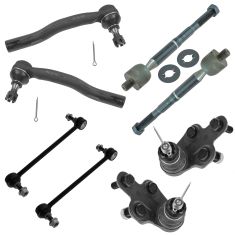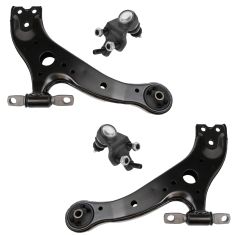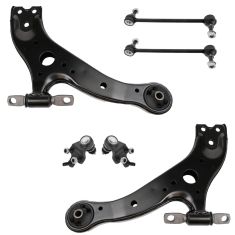1ASBS00053-Toyota Lexus Front Driver & Passenger Side Lower 2 Piece Ball Joint Set TRQ PSA63042

Replaces
2002 Toyota Highlander Front Driver & Passenger Side Lower 2 Piece Ball Joint Set TRQ PSA63042

Product Reviews
Loading reviews
4.46/ 5.0
13
13 reviews
Happy with Part
May 30, 2018
I am happy with the quality of this part. Will definitely buy from 1A anytime...
Really good!
July 31, 2018
Not only does it look more resistant towards other manufacturers but it fits like oem. Good prices, fast shipping and excellent customer service.
Ball joint Camry LE 2005
July 31, 2018
Item was assembled and fit as designed with no problems. Components work as expected with no issue.
Great product
October 5, 2018
Looked better than the original very easy installation thanks to the video
Good product
June 13, 2019
Good product
Perfect fit
August 20, 2019
These fit just right, and the price well who wouldn't buy them?
Just Ball Joints
November 18, 2020
The left one seemed fine. The right one seemed ok but the lock ring at the top of the rubber cover was loose. As soon as I tried to set it in the steering knuckle the ring popped off. It was a bit of a pain to get back on.
Fits and performs well!
December 9, 2023
Oh, YES, IT INDEED FITS!! It also PERFORMS VERY SUPERIORLY. I have a 2004 Toyota Sienna LE FWD. Good luck!
Highlander Ball Joints
December 19, 2023
The ball Joints were good and not bad to install. I did not like the new lock nuts that came with them. They seemed like they were soft aluminum. In fact I had the plastic lock feature strip in one of them when torquing it, so I reused the OEM steel nuts.
January 5, 2024
Good quality
Can't complain
February 8, 2024
Bought it just to have new one on great price hopefully last a long time
Decent parts, overall good value.
July 3, 2024
Great parts and value. Everything needed to install was included. Parts seem to be well made and identical to OEM.
I took off one star as the parts did not feature grease fittings. It is unfortunate that most of the industry has adapted to non-greaseable joints.
I would purchase again.
October 27, 2024
Heavy duty
Customer Q&A
No questions have been asked about this item.
Toyota is a registered trademark of Toyota Motor Corporation. 1A Auto is not affiliated with or sponsored by Toyota or Toyota Motor Corporation.
See all trademarks.











